Ship to: 43215 Update

- Plants
- Perennials
- Perennials
- Dianthus
Plants Filter
Current Filters
Mature Height
Sunlight
Plant Type
Dianthus
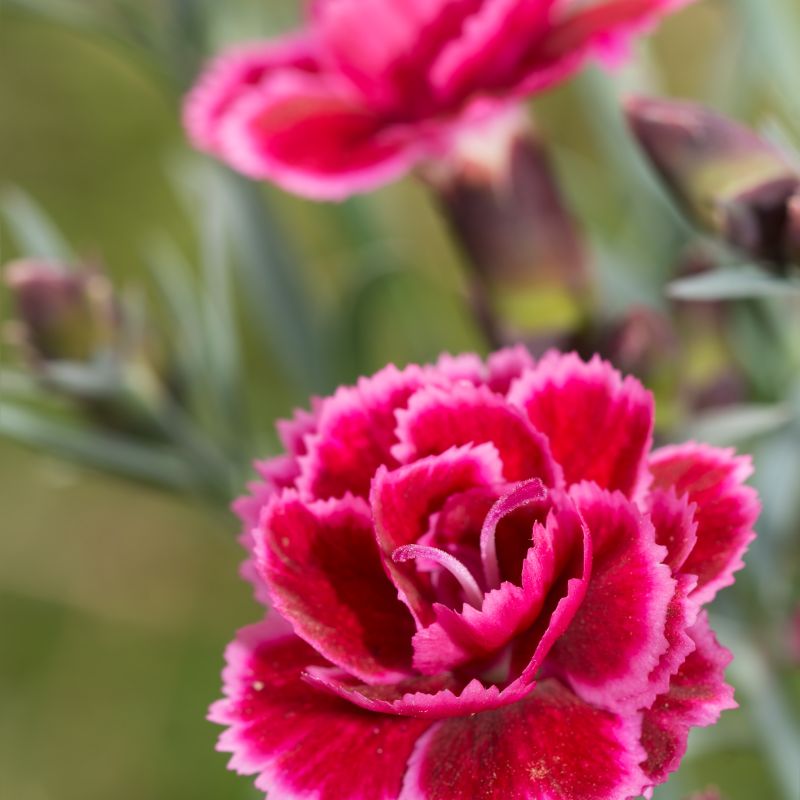
Dianthus Cherry Vanilla
Starting at $45
30% Off
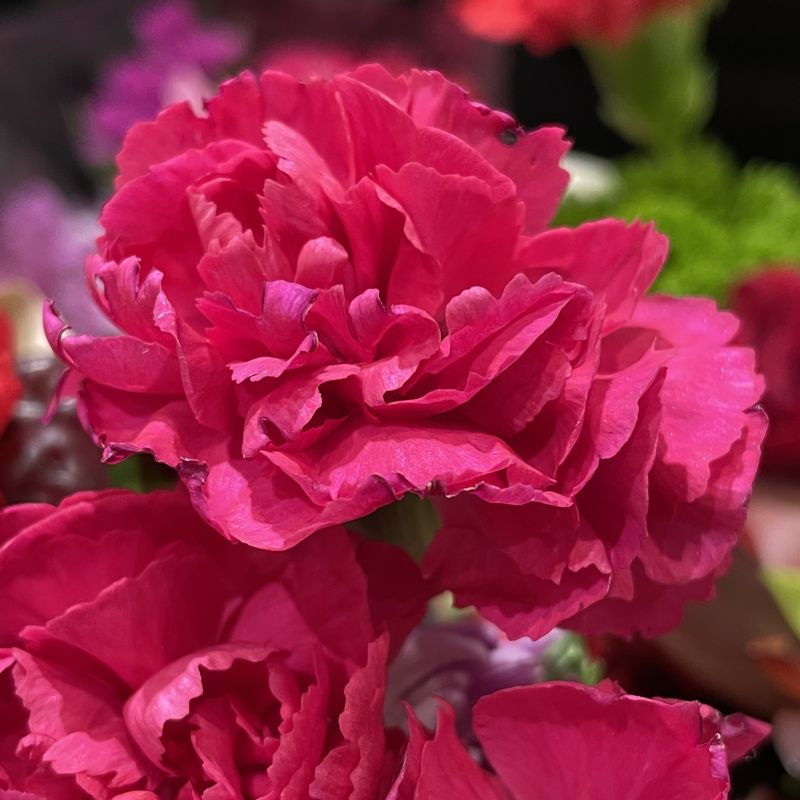
Dianthus Raspberry Ruffles
Starting at $45
30% Off

Dianthus Sugar N' Spice Dianthus
Starting at $39
30% Off
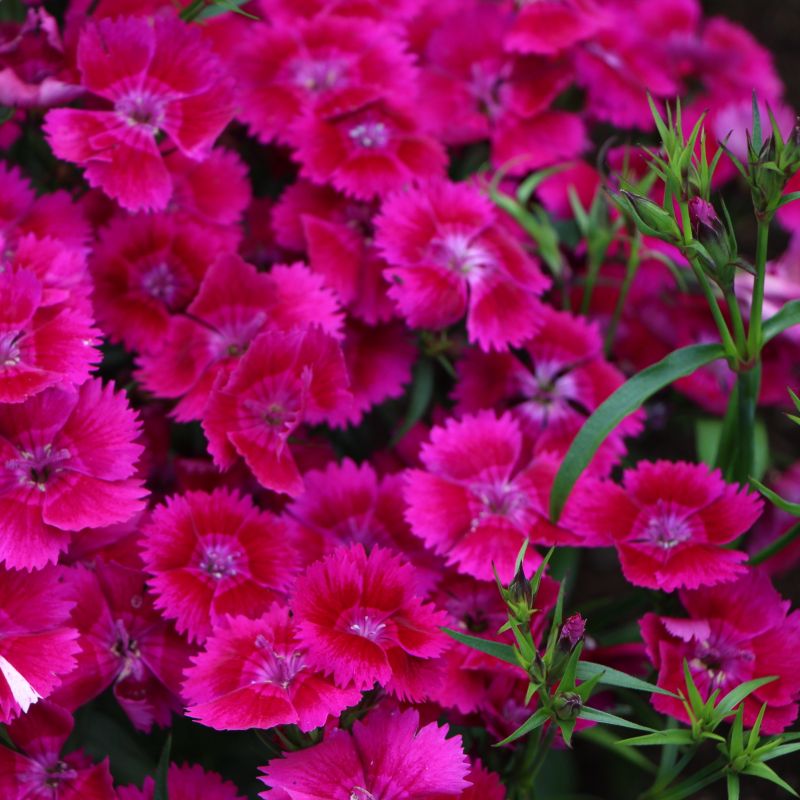
EverBloom Strawberry Tart Dianthus
Starting at $30
30% Off
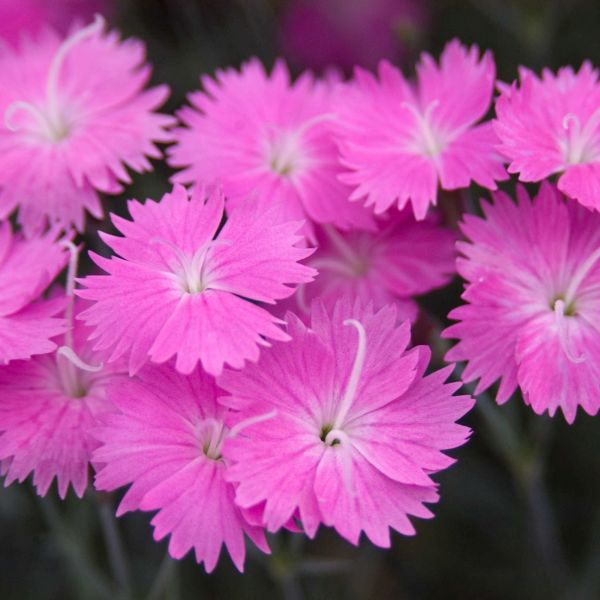
Firewitch Dianthus
Starting at $30
30% Off
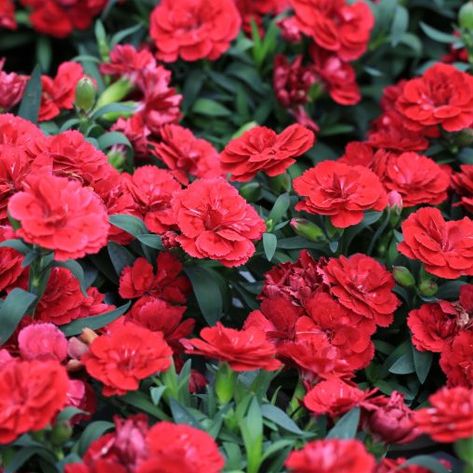
Paint The Town Red Dianthus
Starting at $35
30% Off
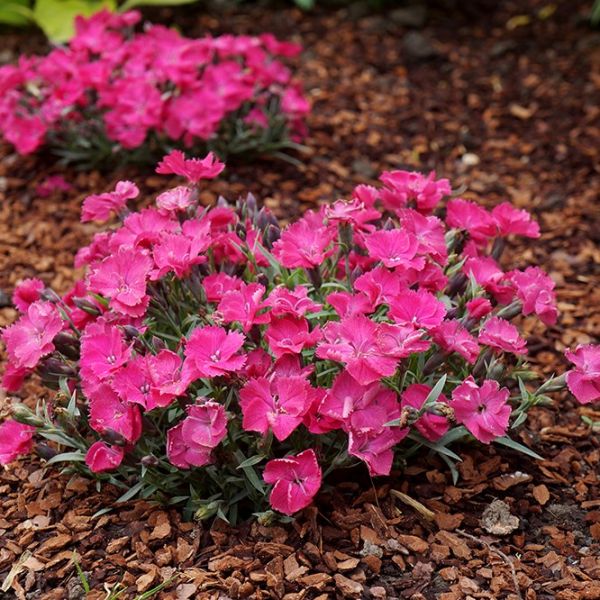
Vivid Bright Light Dianthus
Starting at $49
30% Off
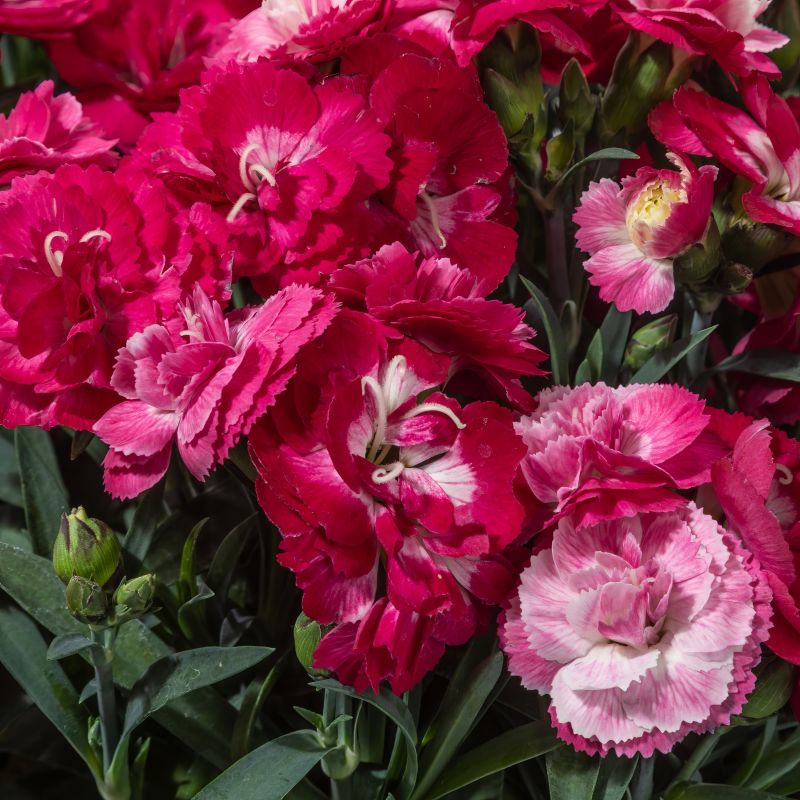
Dianthus Constant Cadence Milk Cherry
Out of Stock
30% Off
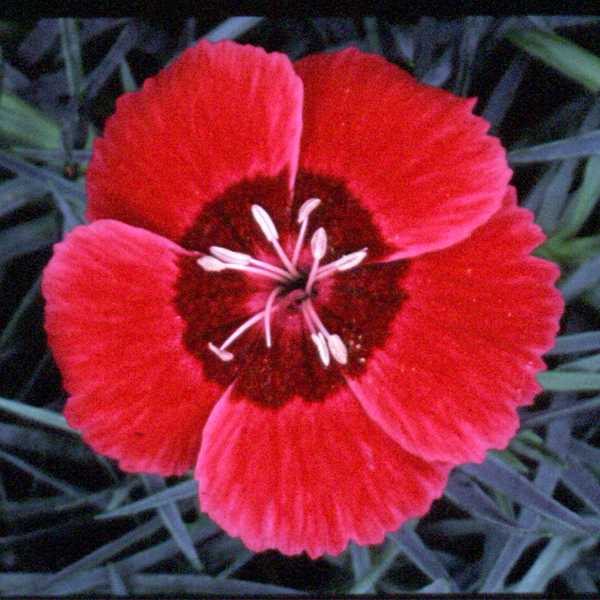
Dianthus Eastern Star
Out of Stock
30% Off
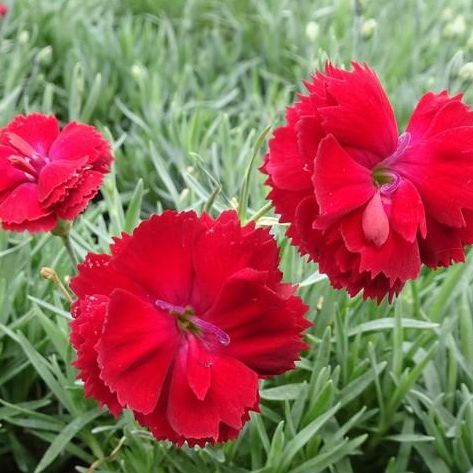
Dianthus Pretty Poppers Electric Red
Out of Stock
30% Off
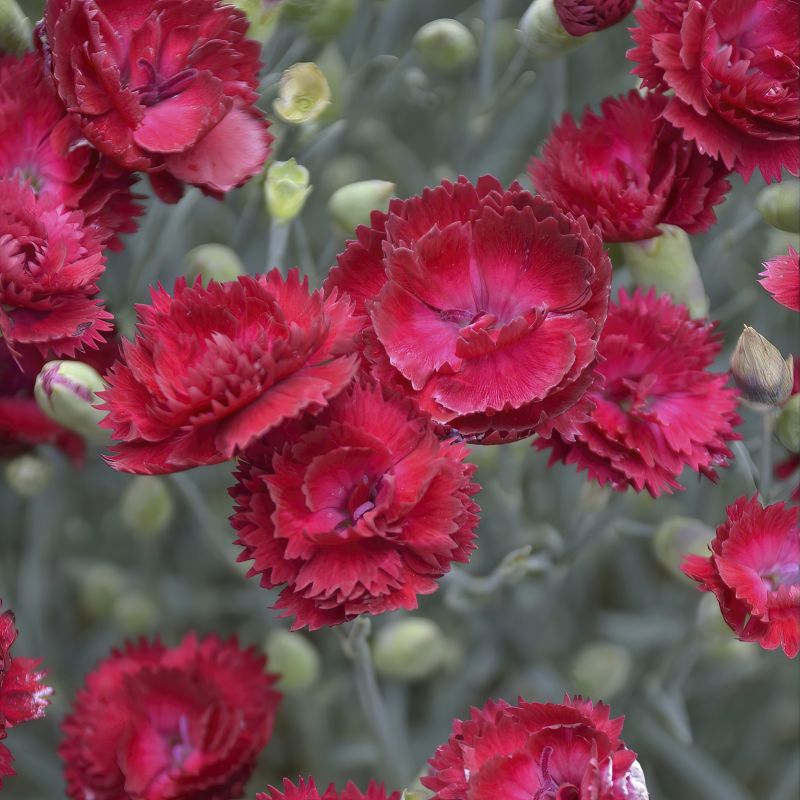
Dianthus, Red Fire Dianthus
Out of Stock
30% Off
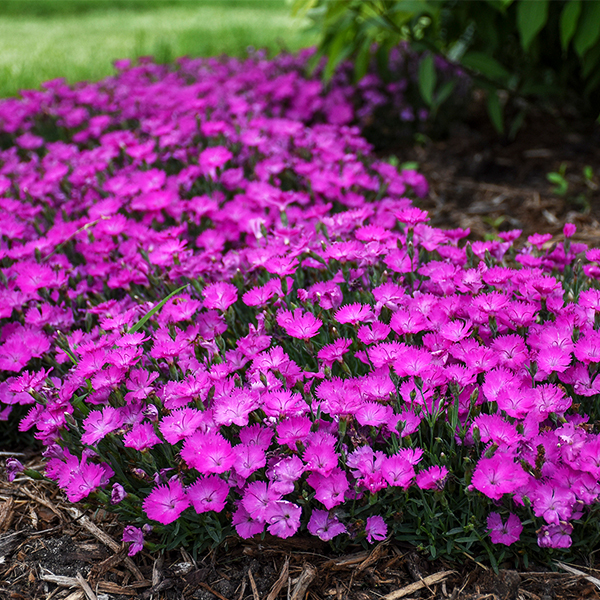
Paint The Town Fuchsia Dianthus
Out of Stock
30% Off
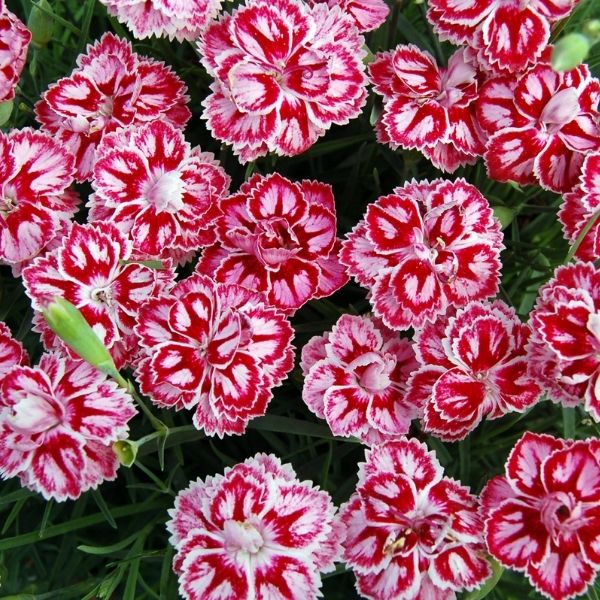
Star Starburst Dianthus
Out of Stock
30% Off
Dianthus
Dianthus is a genus of flowering plants in the Caryophyllaceae family, which includes a wide variety of popular garden flowers known for their beautiful and fragrant blooms. These herbaceous perennials are native to Europe and Asia but have been cultivated and admired in gardens around the world for centuries. Dianthus plants are characterized by their slender, grass-like foliage and their vibrant, often fringed flowers with distinct patterns and colors. The flowers may be single or double, and they come in shades of pink, red, white, and sometimes purple.
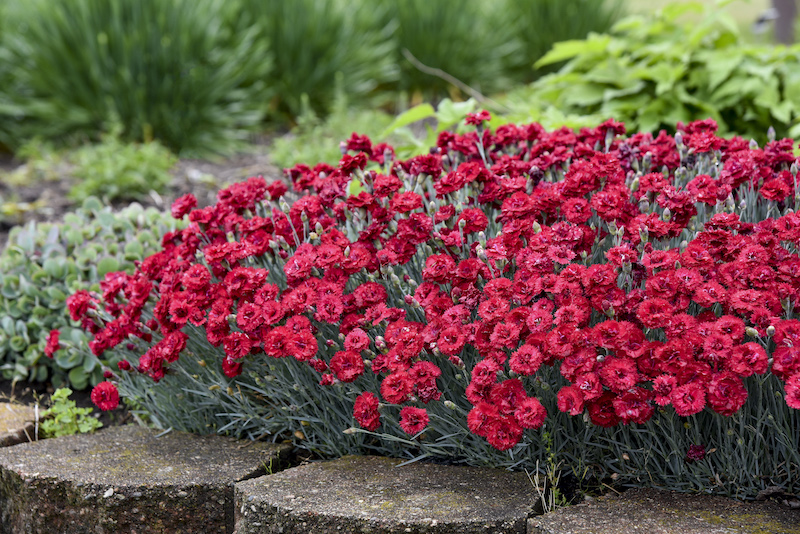
Common Species and Cultivars: There are numerous species and cultivars of Dianthus, and some of the popular ones include:
- Dianthus barbatus (Sweet William): A biennial or short-lived perennial with clusters of small, fringed flowers in various colors.
- Dianthus chinensis (Chinese Pink): A low-growing annual or short-lived perennial with single or double flowers in various shades.
- Dianthus deltoides (Maiden Pink): A low-growing perennial with small, pink or white flowers and grass-like foliage.
- Dianthus caryophyllus (Carnation): A well-known species with large, fragrant flowers available in a wide range of colors. Carnations are often grown as cut flowers.

Care Tips:
- Sunlight: Dianthus plants thrive in full sun and require at least 6 to 8 hours of direct sunlight per day for optimal flowering.
- Soil: Well-draining soil is essential for Dianthus. They prefer slightly alkaline to neutral soil and can tolerate rocky or sandy soils.
- Watering: Dianthus prefers moderate watering. Allow the soil to dry slightly between waterings to avoid waterlogged conditions.
- Fertilization: Dianthus generally doesn't require heavy fertilization. A balanced fertilizer applied in the spring can support healthy growth and flowering.
- Deadheading: Regular deadheading of faded flowers can encourage continuous blooming and maintain a neat appearance.
- Propagation: Dianthus can be propagated by division, cuttings, or by sowing seeds.
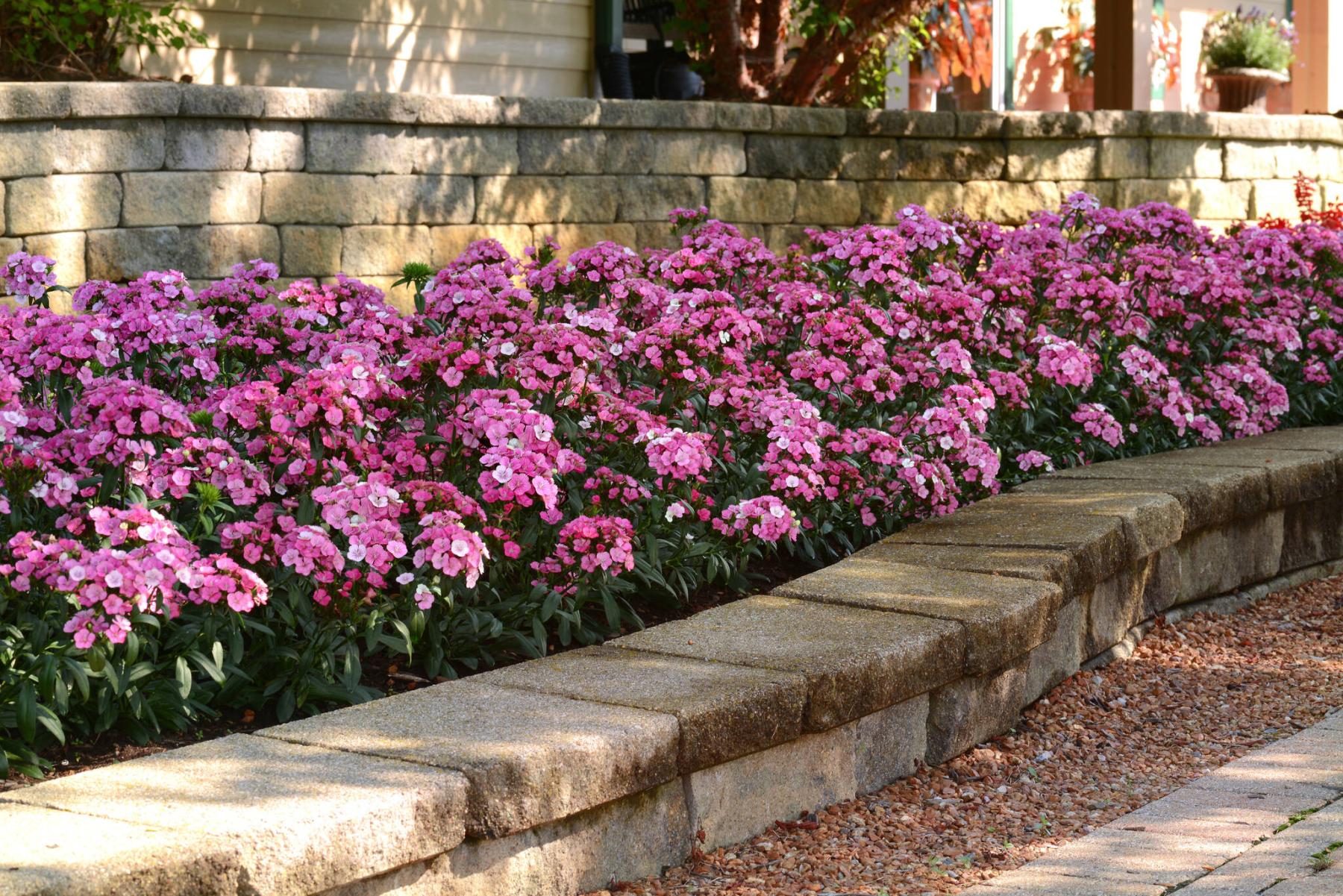
Uses:
- Flower Beds and Borders: Dianthus is commonly used in flower beds and borders, providing a lovely display of colorful and fragrant flowers.
- Rock Gardens: Low-growing Dianthus varieties are suitable for rock gardens, adding beauty to these specialized landscapes.
- Containers: Some compact Dianthus varieties are ideal for container gardening, making colorful and fragrant additions to patios and balconies.
- Cut Flowers: Many Dianthus varieties, especially Carnations, are popular cut flowers, commonly used in bouquets and floral arrangements.
Dianthus is cherished for its captivating beauty, delightful fragrance, and wide range of available colors and patterns. It is a classic and timeless garden favorite that adds charm and elegance to any landscape. With their long-lasting blooms and relatively low maintenance requirements, Dianthus plants are a delightful addition to gardens and floral displays, capturing the hearts of flower enthusiasts and gardeners alike.
Whether you're looking to enhance your garden or create stunning floral arrangements, Dianthus is an excellent choice. Explore our diverse selection of Dianthus varieties to find the perfect addition to your botanical collection.
Item has been added to your cart.

